Category: Technical
-

Product Directory Rights
We are frequently asked about which rights are needed in the product directories. PA Server Monitor, PA Storage Monitor and PA File Sight share a common directory layout. In general, the monitoring service account will need full read access to the product’s root directory. That would be: C:\Program Files\PA Server Monitor C:\Program Files\PA […]
-
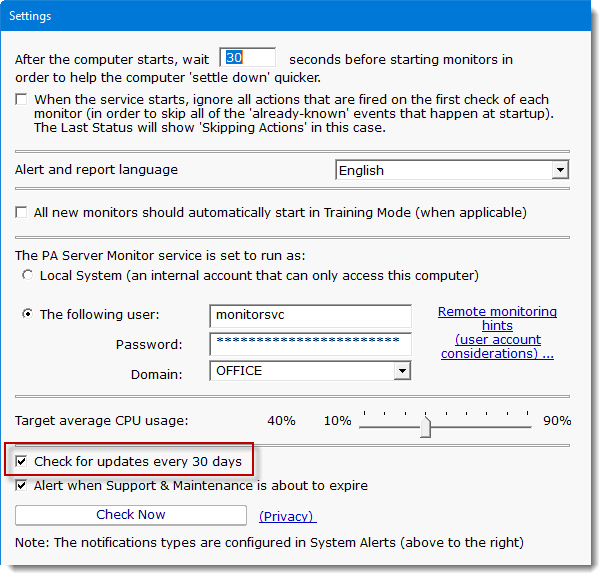
Automatic Version Update Notifications
Our PA Server Monitor, PA File Sight and PA Storage Monitor products all come with built-in version checks. You can have your installation check to see if there is a new update available automatically. To do this, go to Settings and check the box labeled “Check for updates every 30 days”. If an update is […]
-
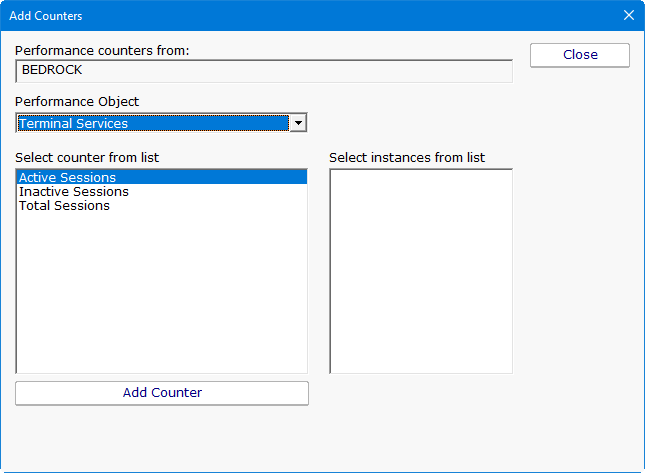
Monitoring Remote Desktop (RDP) Performance
With so many people working from home now, Terminal Servers and Remote Desktop Gateways are surely getting exercised like never before. Perhaps you want to monitor them to see how busy they are, and alert if there are problems. Below are a few ideas. CPU of Course Naturally you need to monitor the server’s CPU […]
-
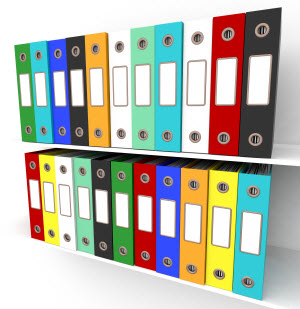
Location of Common Product Files
We frequently get asked about where to find some common product files, so I’ll list them below for your use and enjoyment 🙂 License files: License files are always in the product’s main directory, and end in .lic For PA File Sight, look in C:\Program Files\PA File Sight For PA Server Monitor […]
-

How To Maximize On Your Usage Of Awk
Abbreviated from the names of its developers – Aho, Weinberger, and Kernighan – Awk is a scripting language used in Unix or Linux environments for manipulating data and generating reports. The awk command programming language requires no compiling, and allows the user to employ variables, numeric functions, string functions, and logical operators. In this […]
-

How To Get The Most Out Of The Linux Screen Command
If you’re logging onto a service or running remote command line operations over a network link via the Secure Shell (SSH) protocol, the last thing you need is for your session to be cut off by a faulty connection. This scenario is all too common – but for Linux users, the Screen utility can prevent […]
-
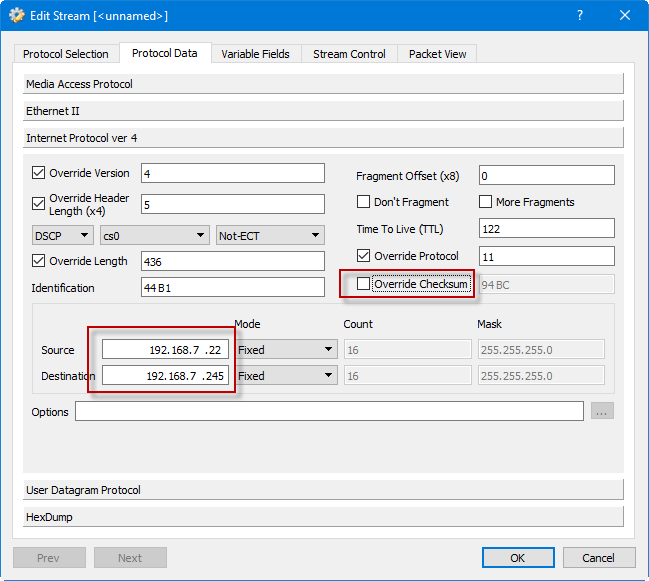
Replaying and Redirecting a Network Capture from a Different Network
Recently we had a case where the SNMP Trap Monitor was truncating text from the received trap. The customer captured some example SNMP Trap packets using Wireshark, and then sent us the capture file. Wireshark is an awesome application to look at network traffic and we highly recommend it. But back to the network […]
-
Implementing 3rd Party Fail Over with the Service Monitor
We have a customer with a scenario where a set of services run on SERVER1 -or- SERVER2. If any service in a set fails, everything in the set should be stopped and the entire set should be started on the other server. Below I’ll describe how to implement this. In my example I’ll assume […]
-

How to Manage Linux Logs
By Des Nnochiri Log files in Linux often contain information that can assist in tracking down the cause of issues hampering system or network performance. If you have multiple servers or levels of IT architecture, the number of logs you generate can soon become overwhelming. In this article, we’ll be looking at some ways […]
-
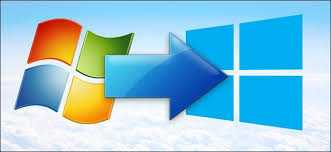
How to Move on from Windows 7
Despite the appearance of new and supposedly improved versions of its operating system, Microsoft’s Windows 7 is proving to be a tenacious and popular environment, both for individual and corporate users. 2019 estimates suggest a third of Windows consumers are still clinging to version 7. Nevertheless, the company has signaled its intentions to withhold […]